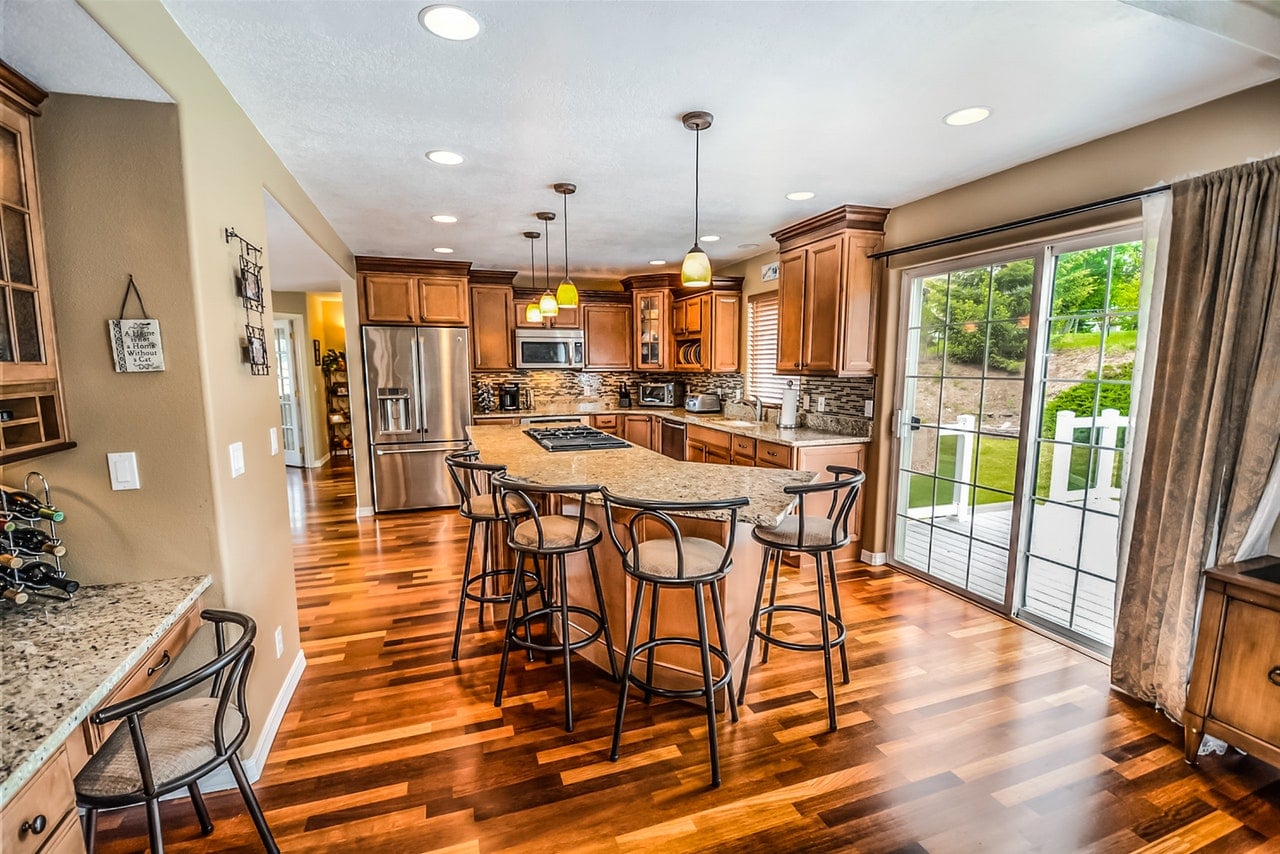There are such a wide variety of hardwood flooring materials available that it can become confusing when trying to describe what you’re looking at when considering a purchase. A common question that arises among those shopping for new hardwood floors is, “What is fumed hardwood flooring?” The simple answer is that it refers to oak that has been exposed to ammonia gas to change its tone and colour.
Fumed Flooring Facts
The colour changing effects of fuming oak was purported to have been discovered around the late 1800s or early 1900s. Farmers noticed that the oak beams located above the horse stalls tended to take on a darker colour than the same lumber in different areas on the farm. It was eventually deduced that the ammonia vapour resulting from the horses’ urine was responsible for this darkening of the wood.
Treating oak with ammonia vapours became a popular wood treatment among the nascent Arts And Crafts movement of decoration and design. The ability to treat the wood to produce an array of pleasant colours fit in well with the hands-on aesthetic of traditional craftsmanship revered by the international trend.
Fuming oak can change the natural light beige colour to dark brown or almost black. Fuming works by the ammonia vapours bringing the tannins found in the wood to the surface. The closer to the surface the tannins are allowed to rise, the darker the resulting colour.
There are three main factors that control how dark the wood becomes when it’s fumed. The tannin levels in the wood, the amount of time the wood is exposed to the ammonia fumes and the temperature at which the exposure occurs.
Because European oak has higher tannin levels than most other oak varieties (there are twice as many tannins in European oak compared to American oak), it’s much more easily fumed.
Fuming will typically take place in an airtight chamber for 12 to 72 hours. Darker colours result from longer exposure to the ammonia vapour.
At higher temperatures, the colour change occurs much faster and results in red tones becoming visible in the wood. At lower temperatures, the darkening takes on shades of green.

